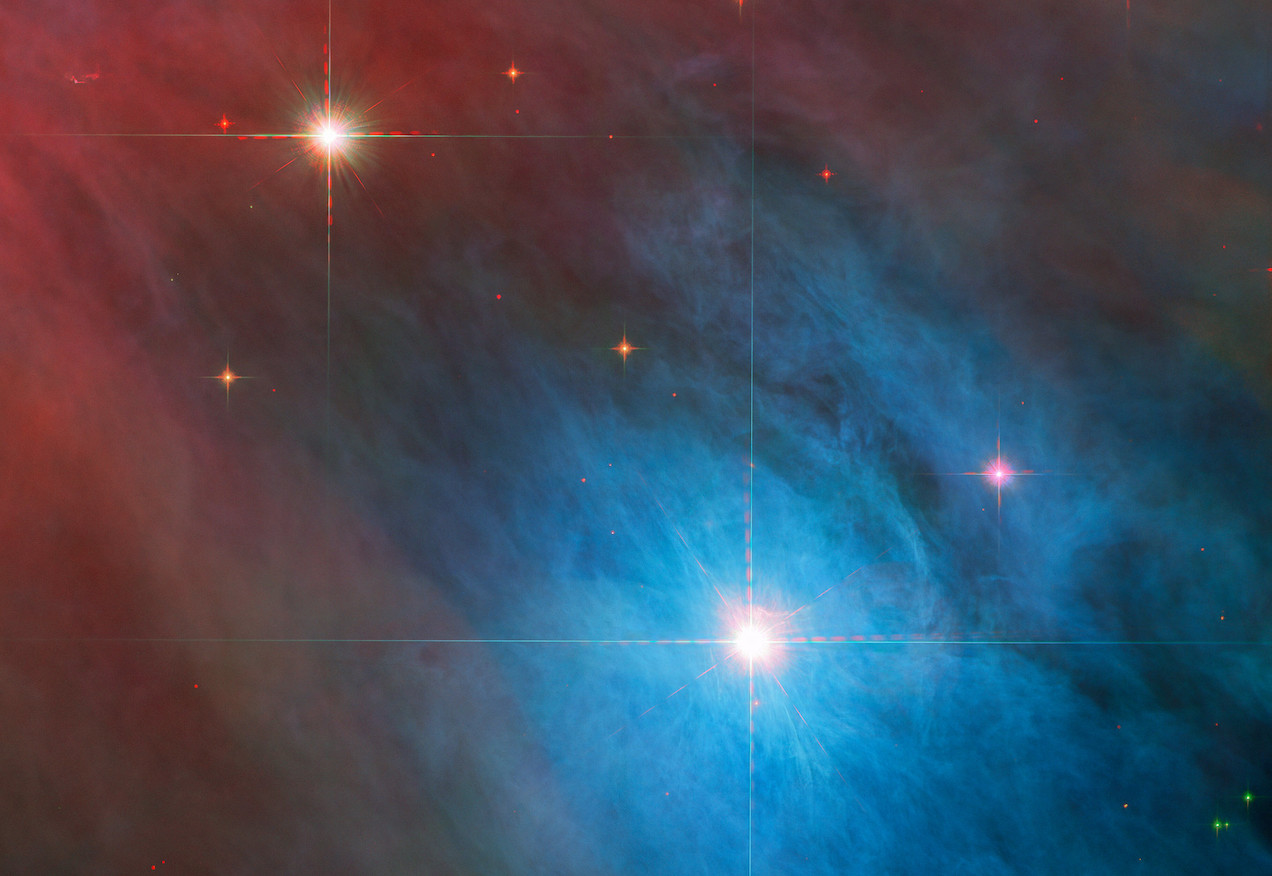A puzzling discovery within the Orion Nebula has astronomers rethinking conventional wisdom about planetary formation. Images captured by the James Webb Space Telescope (JWST) in October 2023 revealed pairs of celestial bodies roughly the size of Jupiter engaging in a delicate dance. These free-floating duos challenge the notion that planets can only form within the orbit of a star unless violently ejected—a scenario deemed unlikely given their serene movements.
Now, researchers have detected radio-wavelength signals emanating from one of these Jupiter-mass binary objects (JuMBOs), shedding new light on their nature. A study published in the Astrophysical Journal Letters reports the finding, suggesting remarkable brightness in one pair known as JuMBO24. Lead author Luis F. Rodríguez, an astronomer at the National Autonomous University of Mexico, emphasizes the significance of this radio data in unraveling the mystery surrounding these enigmatic objects.
Scouring public telescope data for unidentified radio-wave sources in Orion, Rodríguez’s team pinpointed signals corresponding to JuMBO24’s position. The recurrent signals over a decade indicate the pair’s apparent stability within the nebula, casting doubt on the notion of them being forcefully expelled from a star system.
Melodie Kao, a planetary radio expert at the University of California, Santa Cruz, notes the unexpectedness of detecting radio emission from objects in the distant Orion Nebula. While large planets with magnetic fields can emit radio waves, the intensity of JuMBO24’s signal suggests an unprecedented level of brightness—a hundred times greater than anything observed before.
The findings intrigue astronomers worldwide. Jan Forbrich, an astronomer at the University of Hertfordshire in England, describes the study as “intriguing” and emphasizes the need for further radio surveys to confirm the status of JuMBOs as powerful radio sources.
Rodríguez stresses the importance of expanding radio telescope observations in Orion to unravel the mysteries surrounding these celestial pairs. He suggests that understanding JuMBOs could provide valuable insights into planetary origins and the prevalence of such objects in our galaxy. If JuMBOs can indeed form without a host star, Rodríguez speculates, it could imply the existence of countless unaccounted-for planets within our galaxy.


















